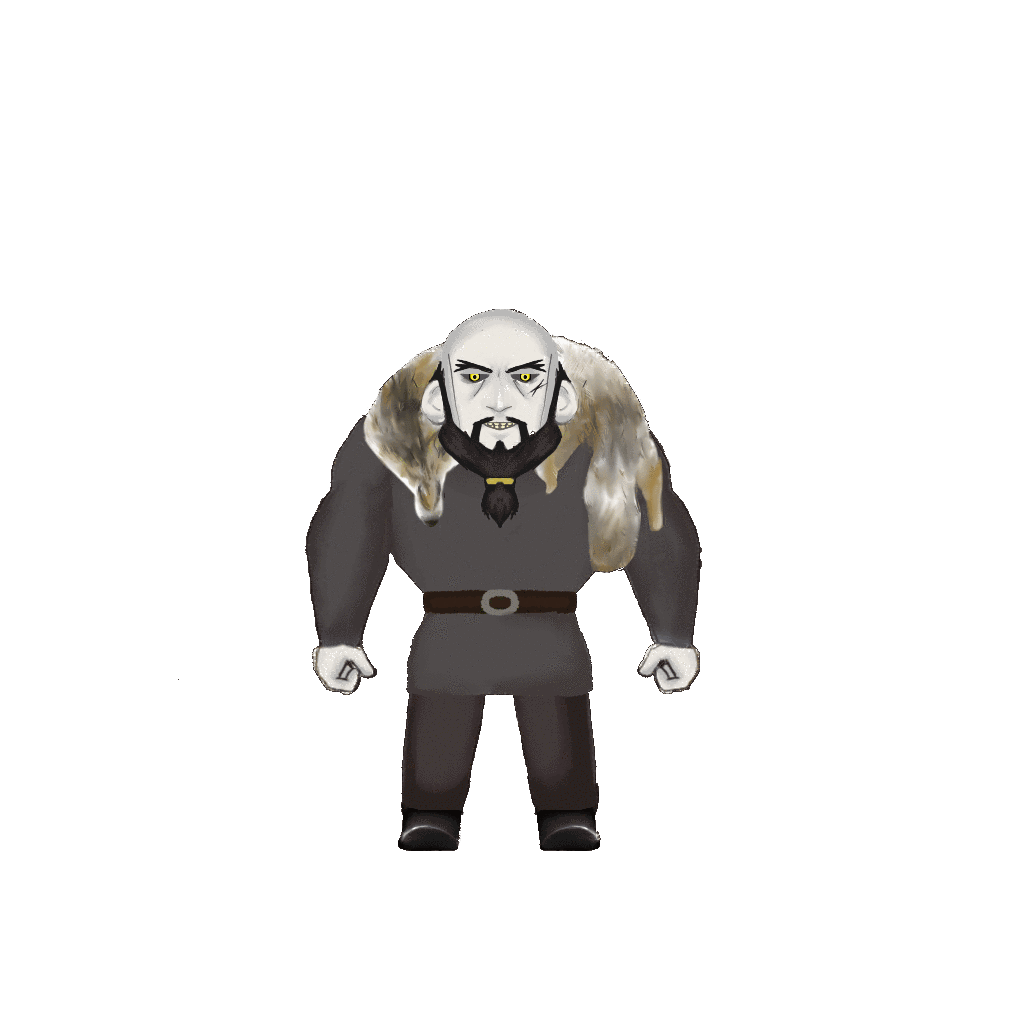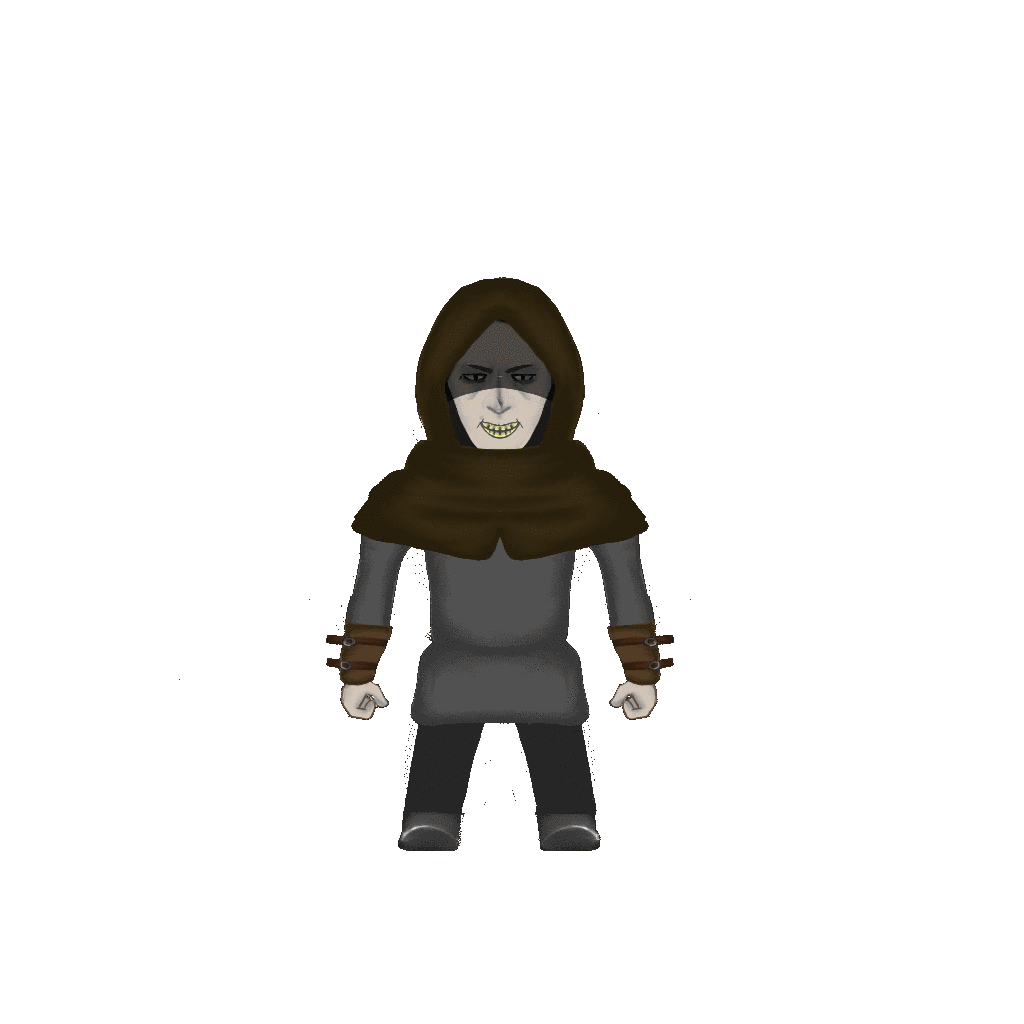Welcome to Team 16's Blog!
Hi There! Welcome to Team 16’s new blog!
Our blog will give us a unique opportunity to share news and updates about our project/game. We hope to keep our posts relatively short, but we might write some long reads every now and then. If you are wondering what you can expect from the content you find on our blog, feel free to read on.
And if it so happens that you find a blog post interesting, you are more than welcome to comment in the comments section that we will try to attach to every post.
We look forward to growing with you as we embark on this new journey. Thanks for stopping by!
Development Diary #1
The Lothori programmers have been hard at work to create a fantastic RPG with a heart-wrenching storyline. Every feature we have sought to implement, we have done to perfection, leaving no bug untouched. We have embarked upon a journey wherein we are creating an exciting game that will give players an experience like no other.
In the past week we have carried out a number of changes and additions to the game. For example, the user interface, or UI, has been reworked to better follow good programming habits. Many new scenes were created, breaking down the UI into smaller and smaller parts and were put together like lego. Breaking the UI down into smaller parts meant an increase in abstraction, which is beneficial. Regardless, the UI rework did not come without its hitches. Firstly, the UI overlay would not move with the character’s perspective when it moved into a different area of the map – something the end user would not appreciate! To resolve we had to remove the UI from the main map scene and add it to the scene which controls the camera viewpoint. Another addition was the new cave scene. This cave scene features a couple common enemies and a firepit. Having a new scene meant we had to do something to connect the main world scene to the cave scene. We did this through the use of signals, detecting whether the player was within a certain collision area, before loading another scene. The scripts to enter the cave and exit the cave were fairly similar, which saved us time.
Another feature added in relation to the camera, was the zoom-out feature, which enabled the player to get a better view of the map. The camera zooms out when the player presses the w button. Furthermore, we added the ability to pause the game by pressing the key ‘p’. The result is the game essentially freezing, with a grey tint overlay.
Development Diary #2
One of our meetings that took place shortly after the exam season was purely based on our goals and aspirations for our game. This meeting was a team building exercise and we started off the meeting by allowing each member of our team to choose three of their most influential values. With these values, each member had to say why they chose these specific values over the others and how these values influence them daily. After going around and listening to each member, we decided that the next thing we should discuss are our goals. We started off talking about our long-term goals (so what we would be doing in the next 5-10 years) with our careers, followed up by our short-term goals (within the next year) with our degree results. Finally, we discussed our goals for the end of the game which included what grade we would like to get from this. After discussing our goals, we all understood what each member valued the most and what was least valued.
MVP Feedback
Once we received feedback after the MVP we decided to conduct a meeting in which we discussed our next stage of action to completing the final version of the game. From the collected feedback it was noticed that there where many areas and features to the game which we planned on developing but for the lack of time and the deadline coming near it was evident that it would not be possible to incorporate all these aspects to a high release quality standard. Thus, we selected 3 main areas of the game that should be our focus, these were quests, inventory and combat systems. Then every team member was given a task to complete within the 3 main areas such as develop the first main quest of wood chopping, or design and implement different weapons the main character can use. This meeting helped us formulate a plan to reach our requirements and ensured everyone understand what their role and tasks.
Development Diary #3
After taking a short break for the Christmas holidays, the programmers were back hard at work to improve the game and add as many useful features to the game. We started off by removing the hotkeys the MVP made use of to move from scene to scene and instead made it possible to move from scene to scene using in area signals, making the travelling between scenes much more natural and even makes the map look cleaner. The programmers also made many quality of life improvements as well as adding features. One improvement included being able to traverse between scenes naturally (i.e. leaving through the north town exit leads to south exit of main scene), instead of travelling to the origin point of a scene every time you move between scenes. Furthermore, the ability to save character information by including relevant information such as health in the global singleton script was added to improve the overall experience.
Development Diary #4
One of the break-through additions to the game was the inventory system. Not only was it a dynamically loaded inventory system, it also meant the programmers were able to pick up items off the floor. The inventory system was overlaid on the UI; with an icon for the item and a small number for the amount collected. Having an inventory led us to the decision to have NPCs drop items instead of just blood – which takes us to another new addition; the coin pouch. The coin pouch was added in a similar fashion to the inventory, displayed on the UI with a counter. The NPCs drop coins so when the main character goes over the coins, it increments the coin pouch by 5.
Development Diary #5
Another feature our programmers added was the quest tracking system. The game is able to detect whether you have started a quest or not which is assisted by the data dictionary of all quests, detailing the name, status (i.e started or not), description, and reward in terms of coins. Once the dictionary existed, the programmers were able to create call functions in order to make a quest log. It was done dynamically so as more quests are added to the dictionary, it would in turn be added to the quest log.
Development Diary #6
During one of our last group meetings we decided to hold a reflection meeting. We had been working on the game for a while and with the deadline creeping up on us we thought it pertinent to take a short break to reflect on what we have achieved and what still needs doing. Reflection is a key part of the development process as you force yourself to come out of whatever bubble you are in in order to see things from a top-level perspective.
We began the reflection by pulling out the photos of our Team Project Contract. We dissected it to see whether we uphold the agreement in terms of the atmosphere, commitments, and conflict resolution protocol. On the whole it was a positive reflection, where we felt we had abided by the positive atmosphere and kept to our commitments. Where we felt we fell a bit short was the section in the conflict resolution strategy, whereby group members commit to keeping in close communication with one another, so nobody feels out of their depth at any point.
Beyond the contract reflection, we also took some time to see if we were doing enough work for the time that had passed. We agreed we could do more and that finishing up key pillars of the game, (i.e. the shop system) needed more attention. As a result, we moved people around in order to allocate more resources to the tasks we deemed most important.
Post 1 of x





